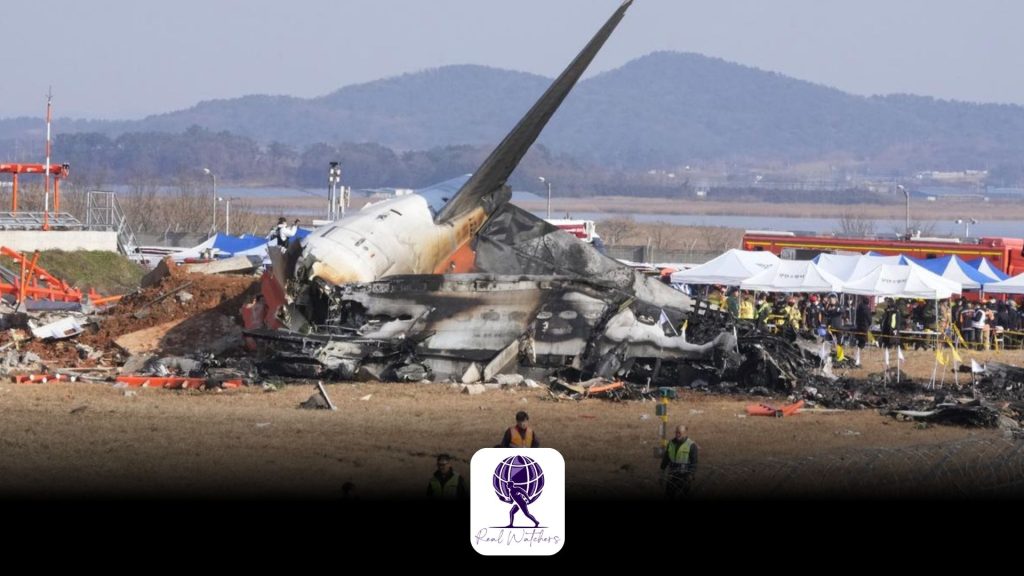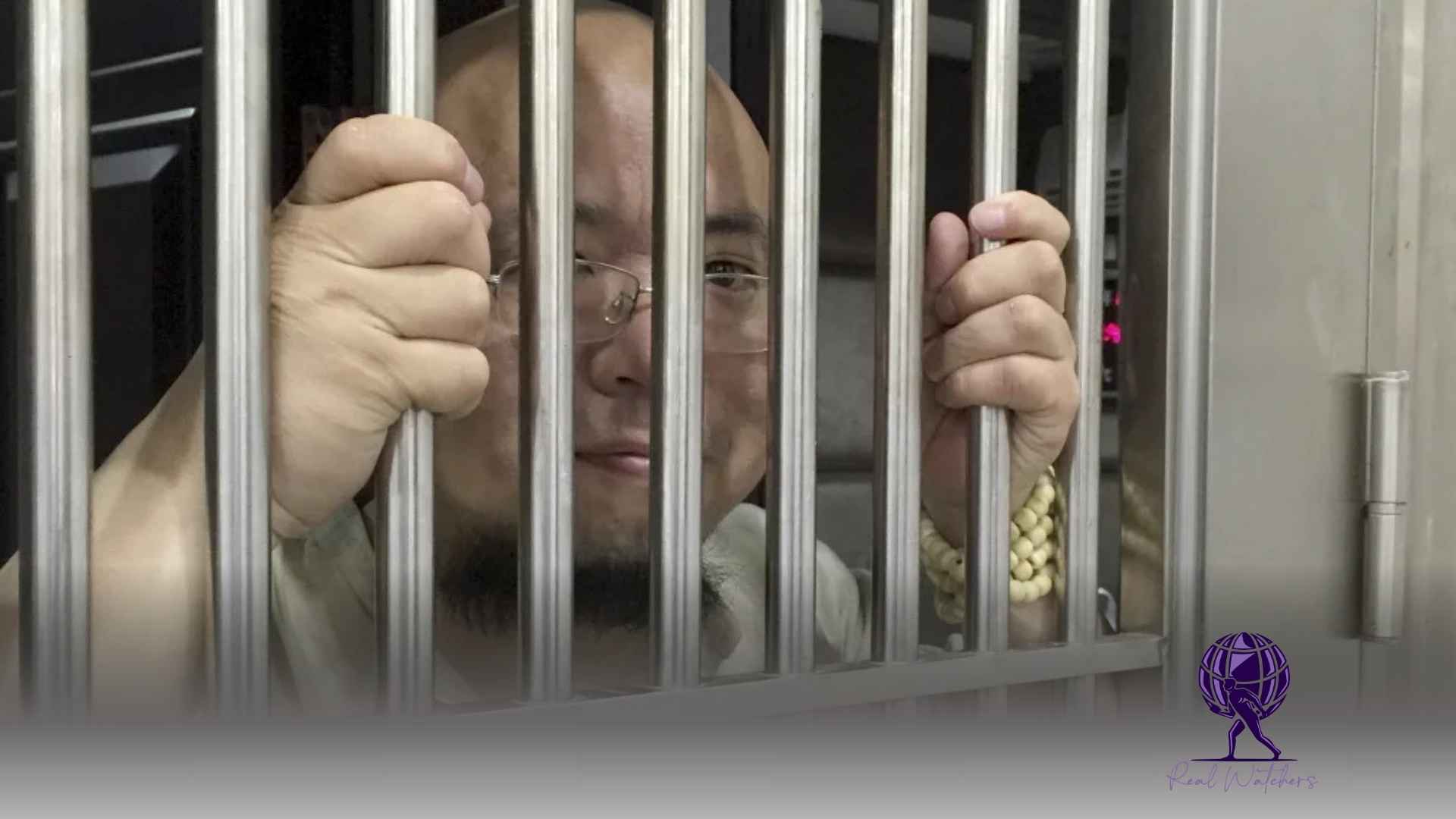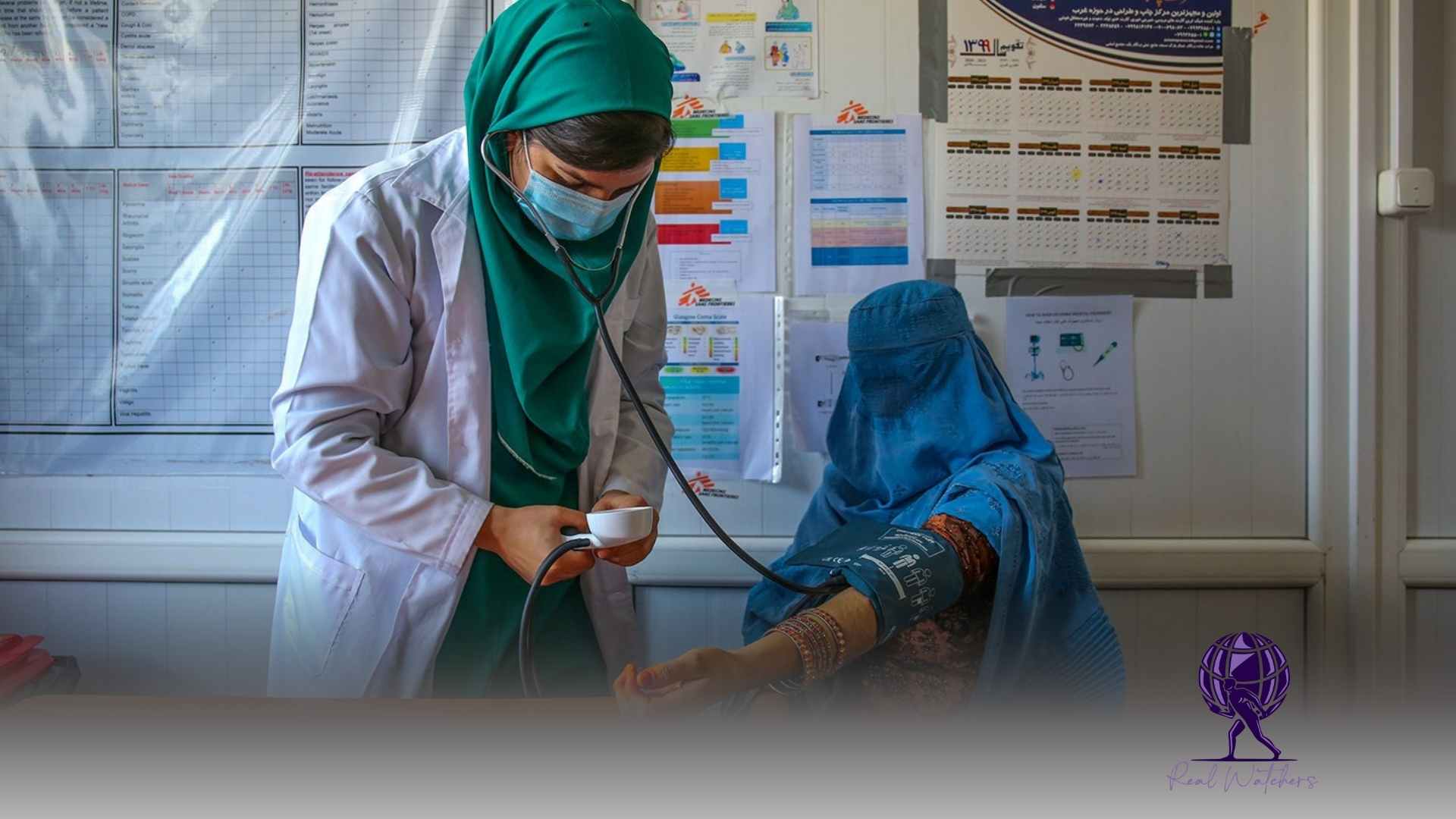On Sunday, a tragic air disaster unfolded at Muan International Airport in South Korea, resulting in the deaths of at least 174 individuals. The incident occurred when an airliner made a belly landing, veering off the runway and colliding with a wall, which ignited a massive fireball.
Jeju Air flight 7C2216, arriving from Bangkok, Thailand, carried 175 passengers and six crew members. The flight was making its landing attempt shortly after 9 a.m. local time, according to South Korea’s transport ministry.
Rescue operations successfully saved two crew members, while authorities have indicated that the remaining individuals on board are presumed deceased.
The most catastrophic air disaster in South Korean history occurred on domestic ground, marking the most severe incident involving a South Korean airline in almost thirty years, as reported by the transport ministry.
A twin-engine Boeing 737-800 was captured in local media footage. It skidded down the runway without any visible landing gear, ultimately crashing into a wall in a dramatic explosion of flames and debris.
“The tail section is the only part that maintains some semblance of its original form, while the remainder of the aircraft is nearly unrecognizable,” Lee stated during a press briefing.
During a recent briefing, Muan Fire Chief Lee Jung-hyun reported that two crew members, one male and one female, were successfully rescued from the tail section of a burning aircraft. The head of the local public health center reported that the individuals were receiving treatment at hospitals for injuries ranging from medium to severe severity.
According to Lee, investigators look into bird strikes and weather conditions as potential contributing factors. According to reports from the Yonhap news agency, airport authorities have indicated that a bird strike could be responsible for the malfunction of the landing gear.
Authorities conducted searches in surrounding areas for potential bodies that may have been ejected from the aircraft, according to Lee.
In the aftermath of the crash, family members congregated in the airport’s arrival area, visibly emotional as they embraced one another. Red Cross volunteers were seen distributing blankets to those in need of comfort.
Amidst a scene of profound grief, families erupted in screams and tears as a medic solemnly announced the names of 22 victims, identified through their fingerprints. Families were provided with papers to record their contact information.
A family member approached the microphone, seeking additional information from officials. “I am struggling to comprehend the situation following the death of my older brother,” he stated. “I am uncertain.”
Another individual requested that reporters refrain from filming. “We are not mere animals in a confined space,” he stated. “We represent the families who are grieving.”
Mortuary vehicles were lined up outside, ready to transport bodies, while authorities confirmed the establishment of a temporary morgue.
Witnesses reported that the crash site was permeated by the odors of aviation fuel and blood as workers donned protective suits and masks meticulously scoured the area. At the same time, soldiers conducted searches through the surrounding bushes.
Shortly after the crash, an airport official informed Reuters that authorities were trying to rescue individuals trapped in the tail section.
The recent crash marks the most devastating incident for any South Korean airline since the tragic 1997 Korean Air disaster in Guam, which resulted in the loss of over 200 lives, as reported by transportation ministry data. The deadliest aviation incident on South Korean territory before this was a 2002 Air China crash that resulted in 129 fatalities.
The control tower issued A bird strike warning, leading the pilots to declare a mayday shortly thereafter. Subsequently, the pilots attempted to land, according to a transport ministry official.
A passenger informed a relative via text message that a bird had become trapped in the wing, according to reports from News1 agency. The individual’s concluding message asked, “Should I say my last words?”
According to the transportation ministry, the group of passengers comprised two Thai nationals, while the remainder is thought to be South Koreans.
The transport ministry reported that the aircraft was manufactured in 2009.
The transport ministry reported that the two CFM56-7B26 engines were produced by CFM International, a collaboration between GE Aerospace and France’s Safran.
A spokesperson for CFM expressed their profound sorrow regarding the tragic incident involving Jeju Air flight 2216. Our deepest condolences go out to the families and loved ones of those who were on board.
In a televised briefing, Jeju Air CEO Kim E-bae expressed deep remorse for the recent accident, bowing deeply as he addressed the public.
The spokesperson stated that the aircraft had no history of accidents and indicated no preliminary indications of malfunction. According to Kim, the airline is committed to collaborating with investigators and prioritizing support for the bereaved families.
Keratin Kijmanawat, president of Airports of Thailand, stated that no abnormal conditions were reported when the aircraft departed from Bangkok’s Suvarnabhumi Airport.
Jeju Air, a low-cost airline established in 2005, has experienced its first fatal incident. The airline, which ranks third in passenger numbers in South Korea, following Korean Air Lines and Asiana Airlines, faces a significant moment in its operational history.
Just three weeks after Jeju Air launched its regular flights from Muan to Bangkok and other Asian destinations on December 8, an accident occurred.
Muan International, one of South Korea’s most minor airports, has experienced a remarkable surge in international passenger numbers, soaring nearly 20-fold to 310,702 from January to November compared to the same period in 2022, as reported by government data.
Boeing said via email, “We are in contact with Jeju Air regarding flight 2216 and stand ready to support them.” The loss of life has prompted an outpouring of sympathy for the families affected, as well as ongoing support for the passengers and crew involved in this tragic event.
The U.S. Federal Aviation Administration has yet to respond to a request for comment.
According to a report from Yonhap, all domestic and international flights at Muan Airport have been canceled.
During a political crisis, South Korea’s acting President, Choi Sang-mok, appointed interim leader on Friday, visited the site of the recent accident. He emphasized that the government mobilizes all available resources to address the situation effectively.
According to Thai government spokesperson Jirayu Houngsub, two women from Thailand, aged 22 and 45, were aboard the plane. He noted that further details are currently being verified.
In a recent statement on X, Thai Prime Minister Paetongtarn Shinawatra expressed her condolences to the families affected by the tragedy, confirming that she has directed the foreign ministry to extend assistance to those in need.
A statement from the ministry indicated that it is currently in communication with South Korean authorities.








